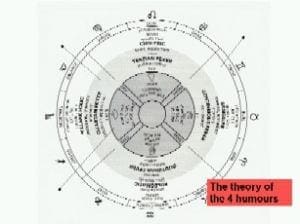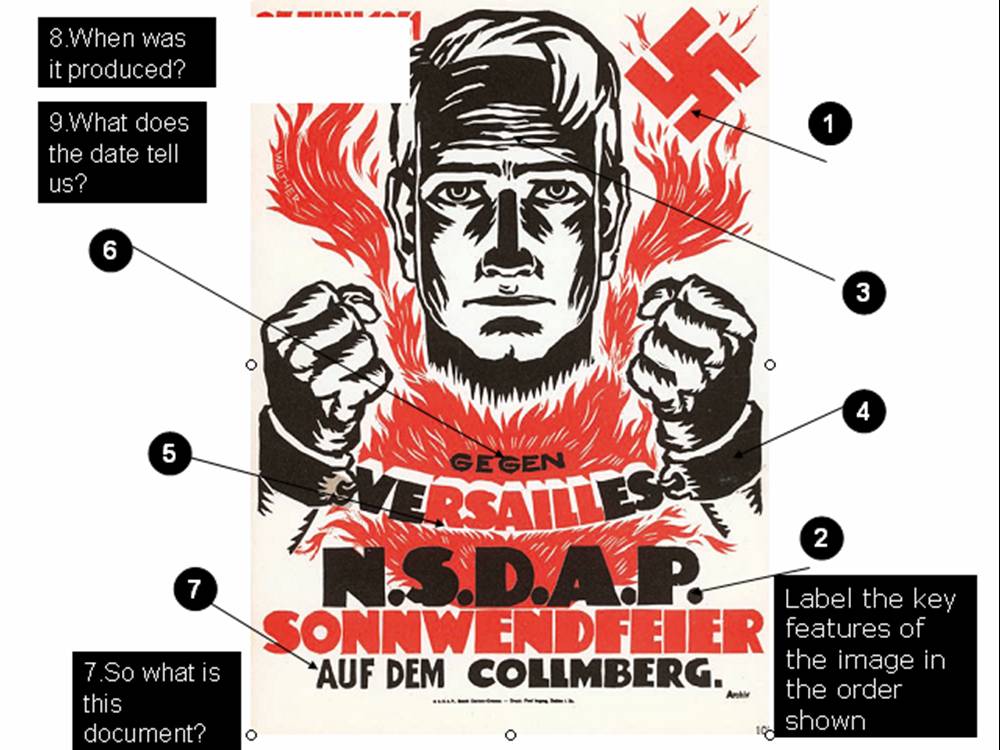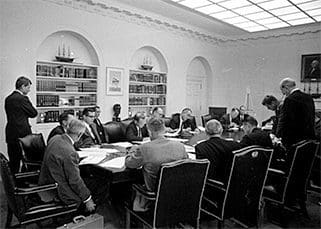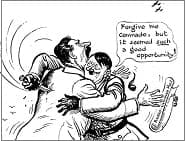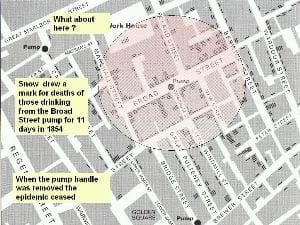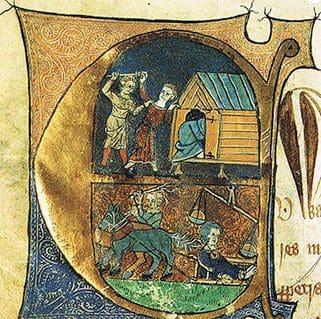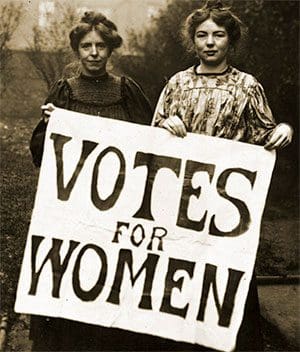
This lesson provides an excellent example of active learning, combining thinking skills and work on interpretations. Students start with one historian’s construct. They have to read the historian’s mind, that of Paula Bartley. Next they look at other visual models which they evaluate. They then have to work out when certain explanations would have been written, applying what they have just learnt about historiography.
The lesson finishes with students having some Aces up their sleeve – key facts that they play to support their viewpoint. The lesson ends with students having to improve a short GCSE answer. It may well take you longer than 55 minutes.
Learning objectives
By the end of the lesson pupils should be able to:
- explain at least three different interpretations of the reasons women were given the vote in 1918
- give a few reasons why such interpretations have changed over time
- offer some evidence which


